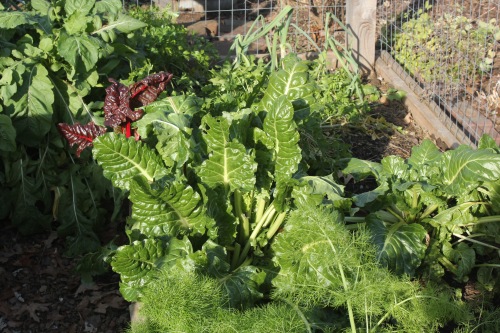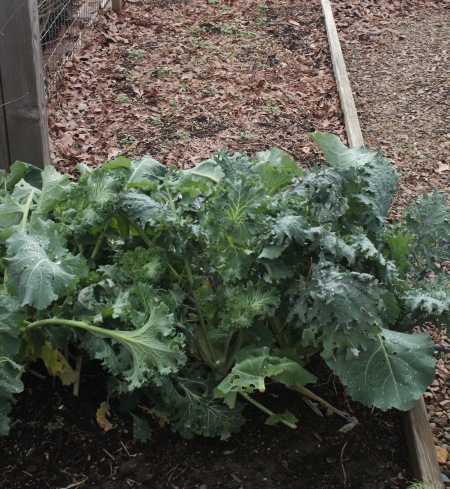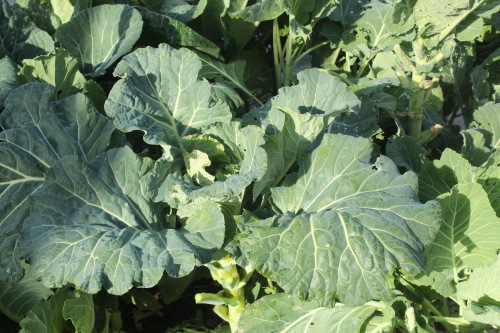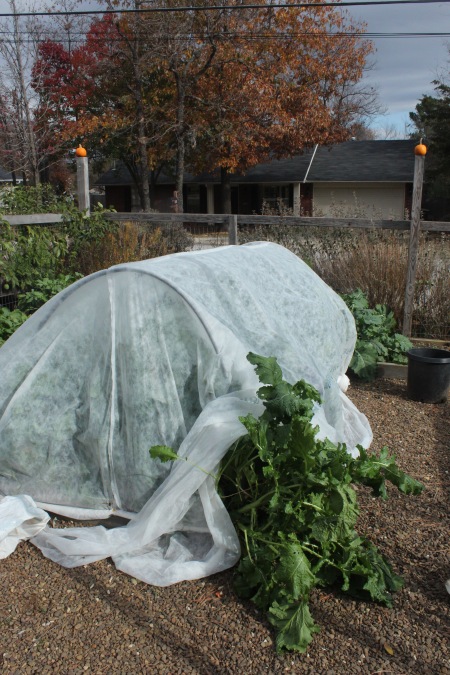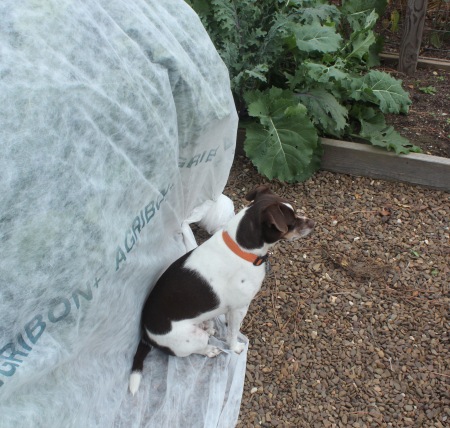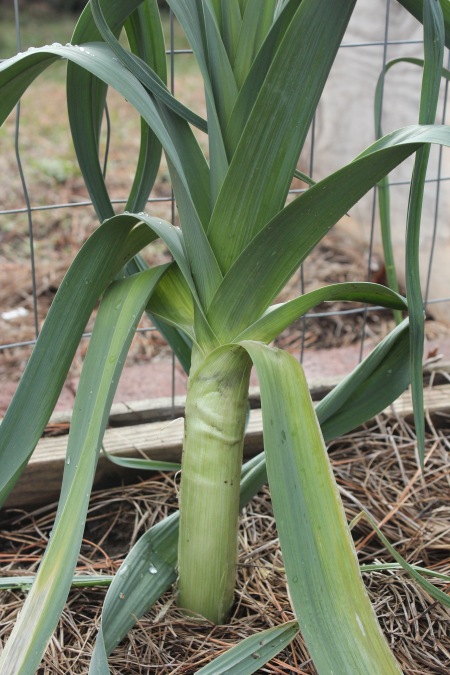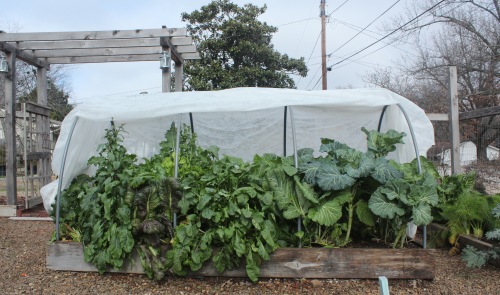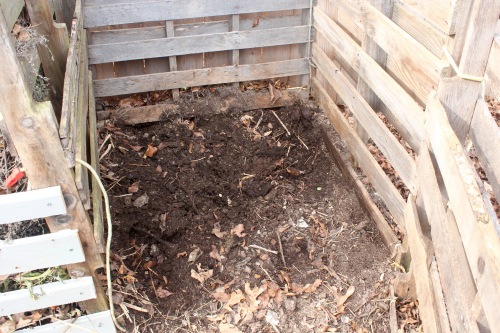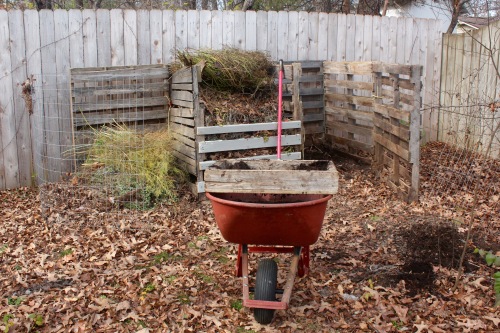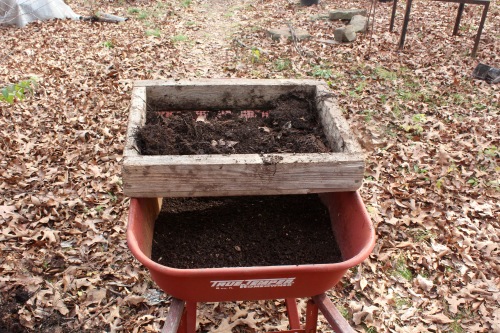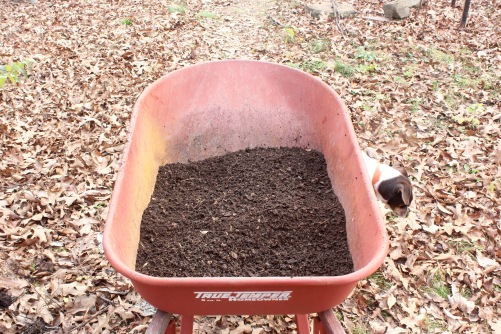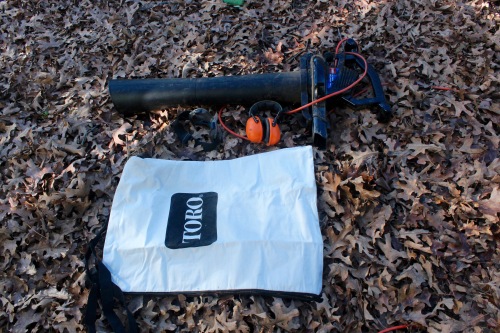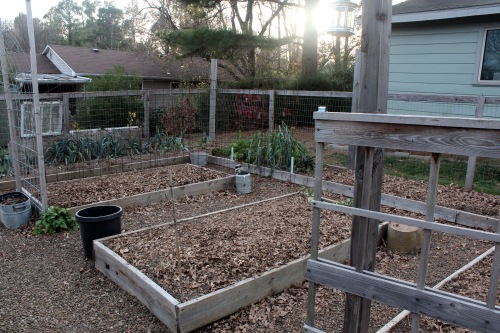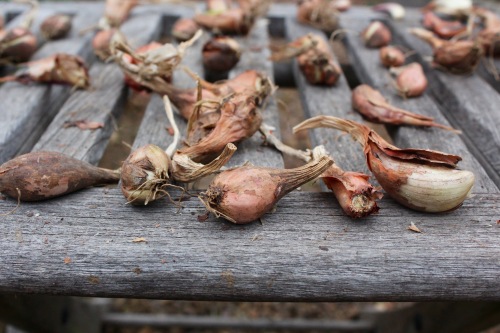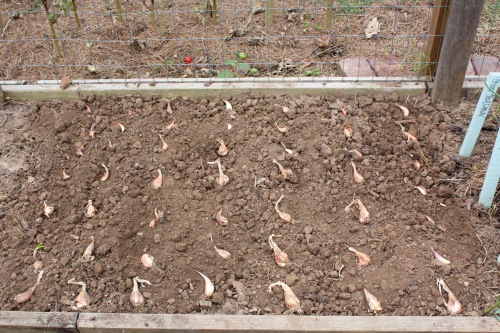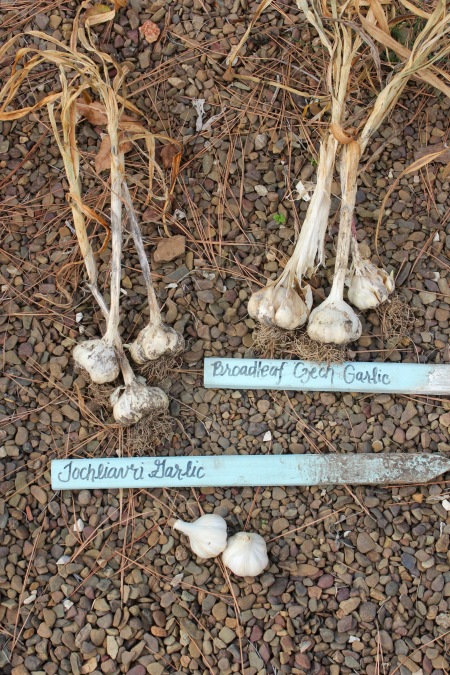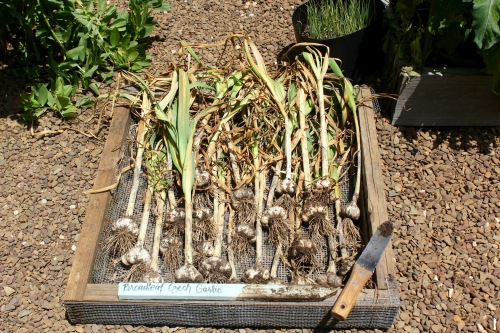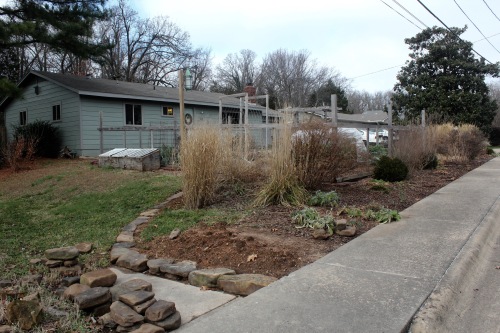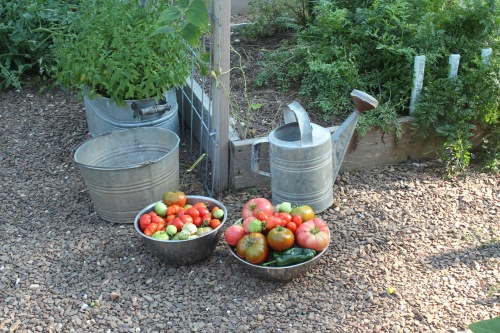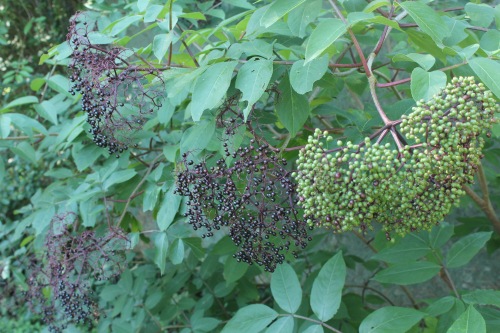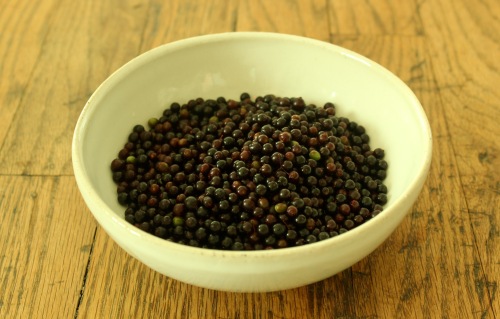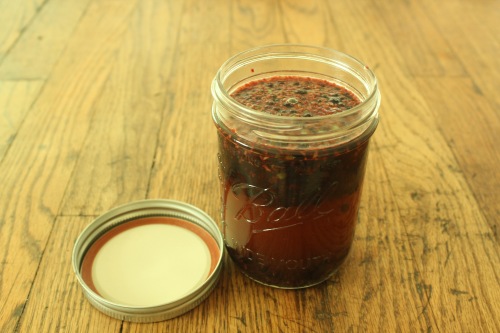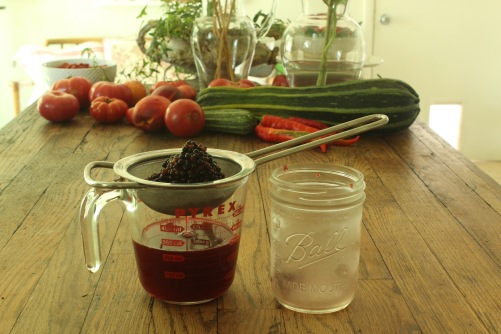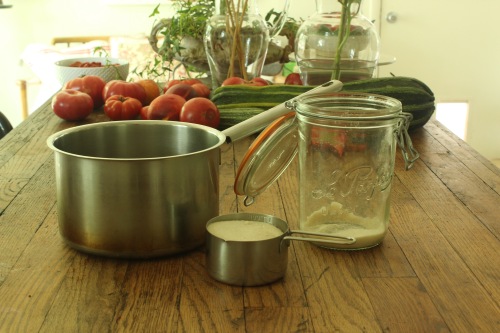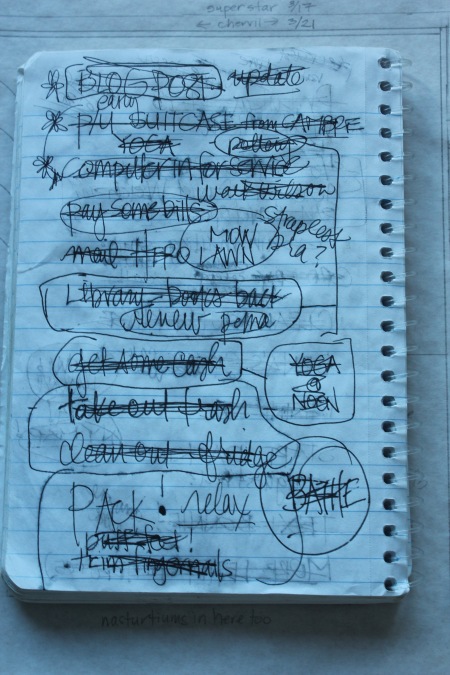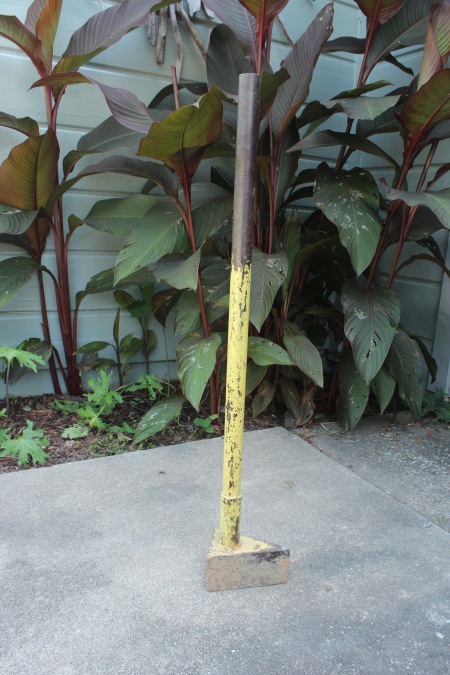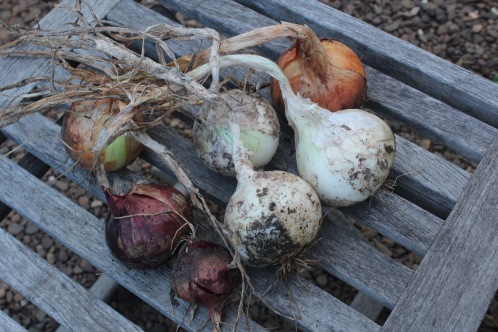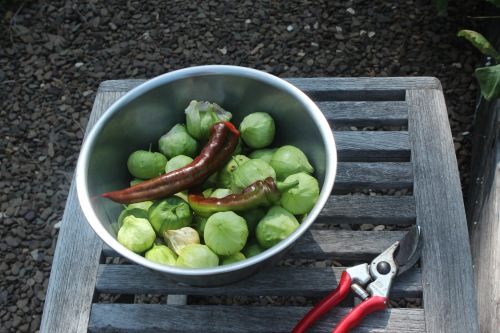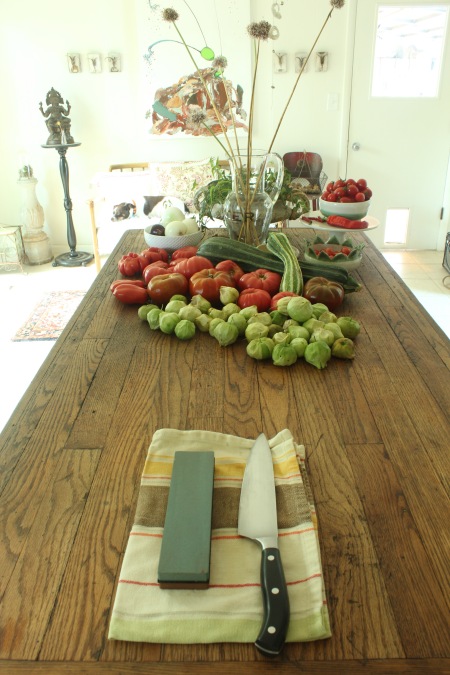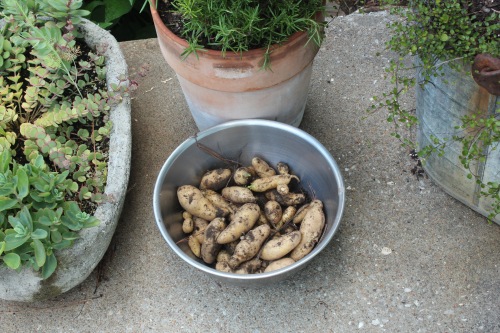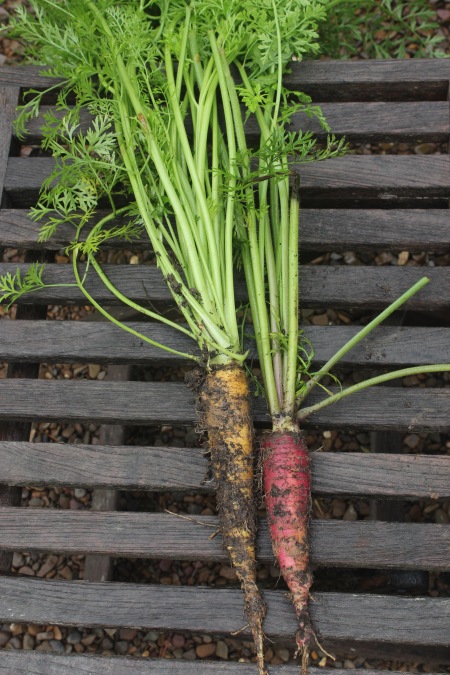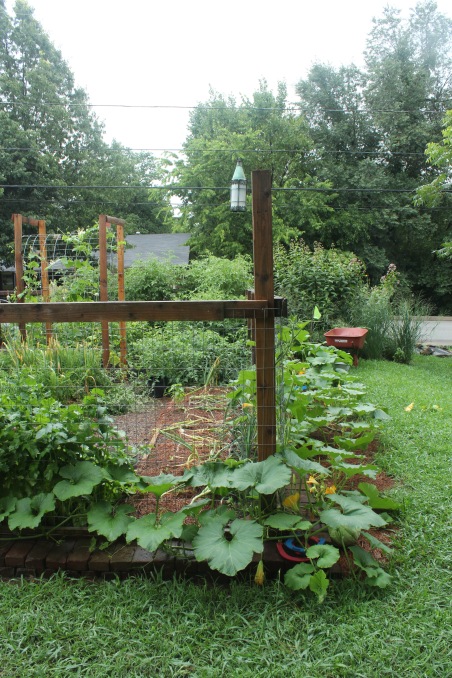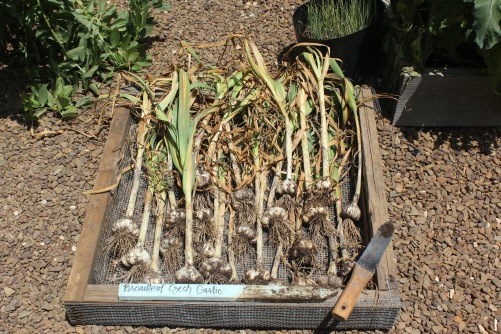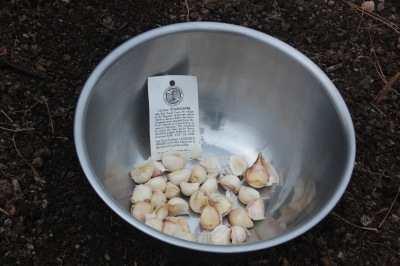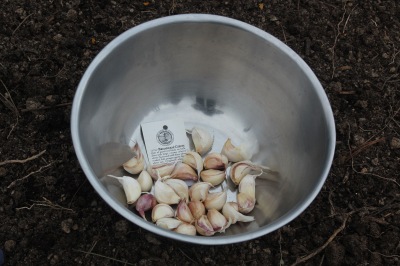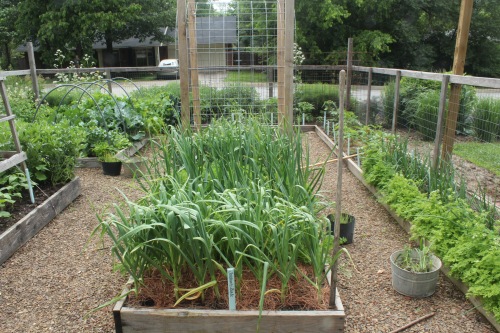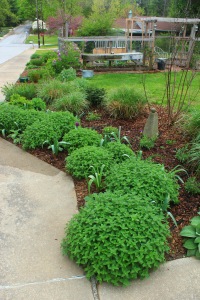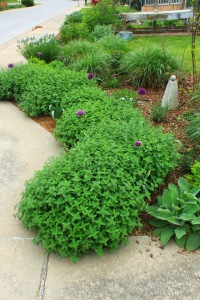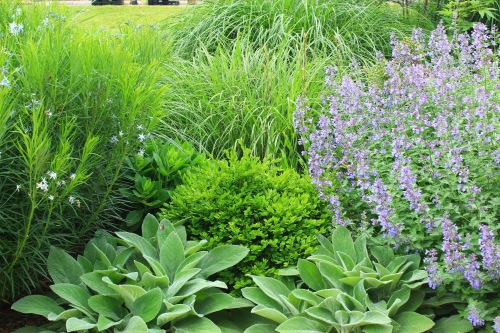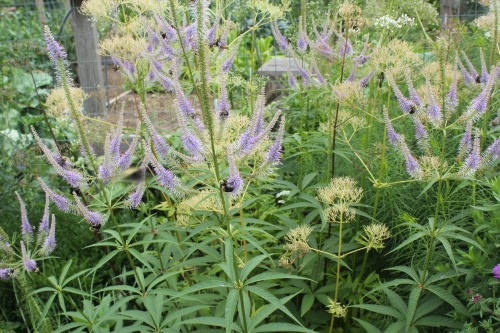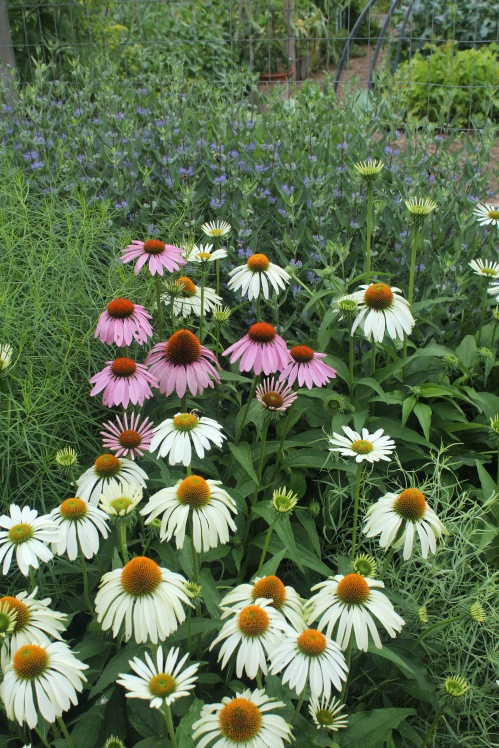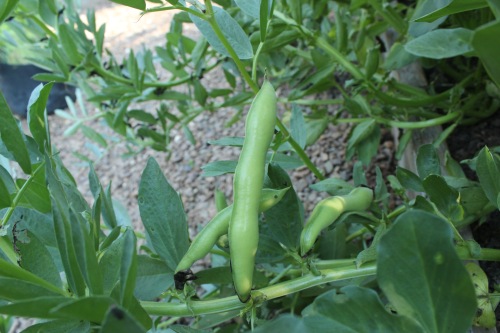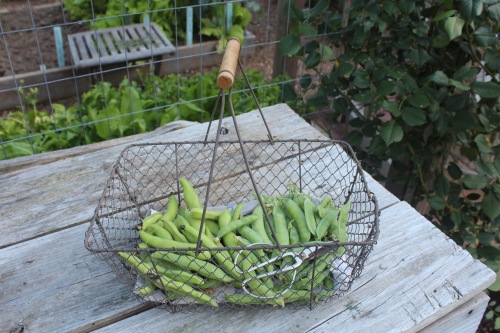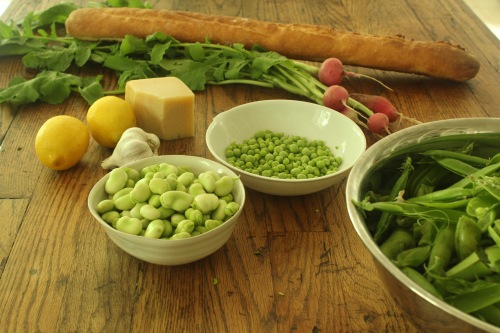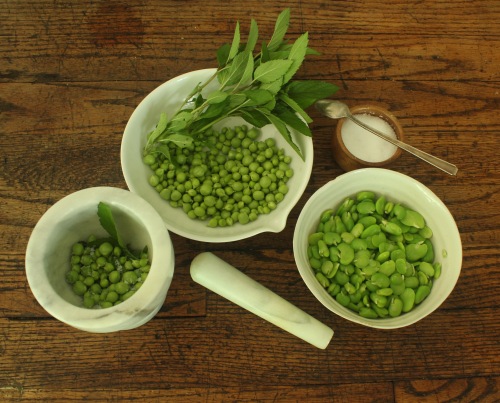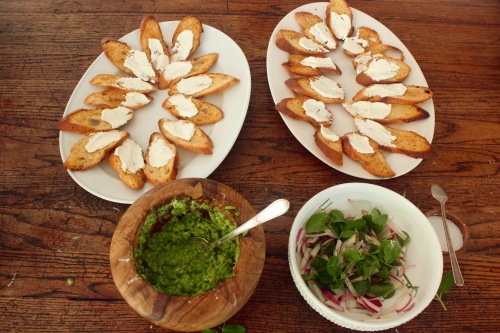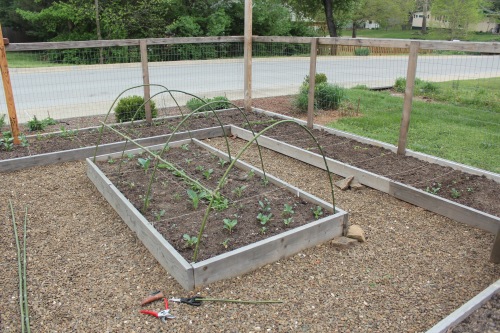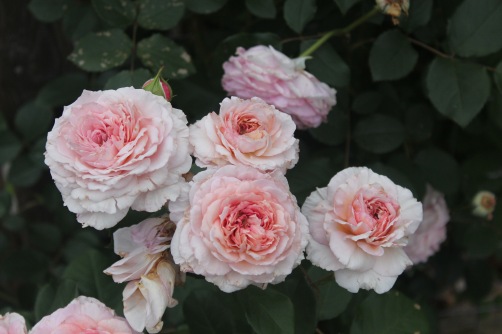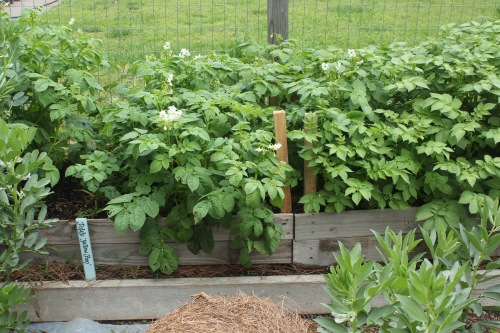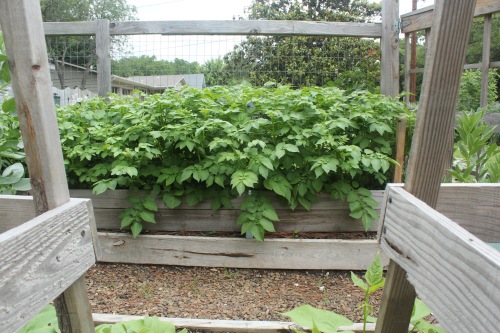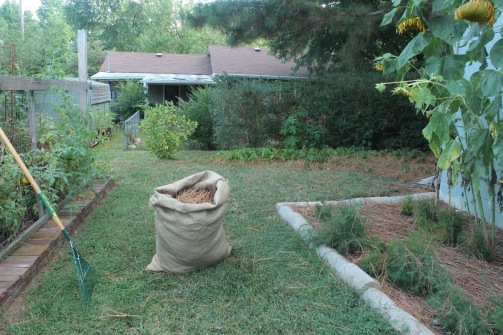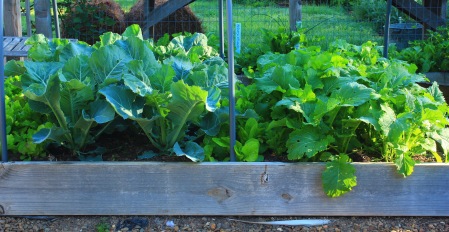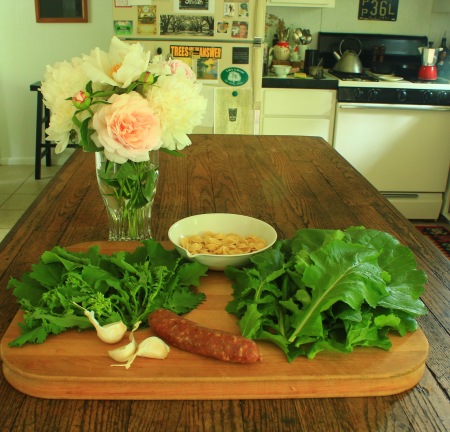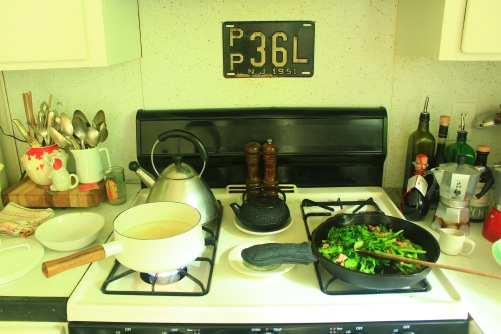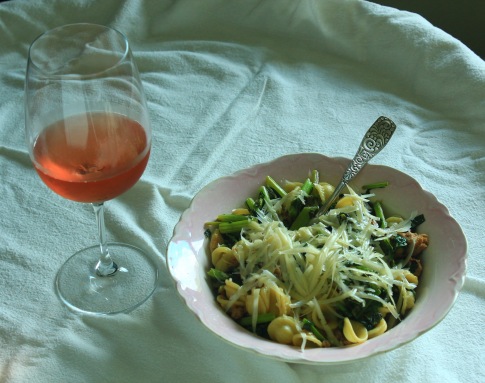I have always appreciated a fresh start. I like mornings. The first of the month. I even like Mondays – although I’ve never been a nine-to-fiver, which I’m sure helps with that. Did you have “do over”s when you were a kid? I like those too. And here we are in the New Year, the biggest fresh start of all.
So I’m calling this blog post a fresh start. I’m sorry I’ve neglected it for so long. I know how frustrating it can be to follow a blog and look forward to a new post and not get one. First it’s disappointing. Then it’s annoying. Then it makes you angry. Eventually you give up. I can’t blame you. I’ve done it too. I won’t make any promises, but I missed you and I hope you’ll come back and see what’s happening in the garden from time to time.
We’ve had a pretty mild winter so far, and I’ve been able to continue to eat out of my garden, which is really gratifying. We had our first hard freeze only a few nights ago, I think it got down to 16º. We’ll see how it looks out there tomorrow when it warms up a bit, but last I checked I still had
Swiss chard,
kale,
collard greens,
broccoli raab, which went crazy and tried to escape the hoop –
fortunately I found a really cute weight to hold down the floating row cover –
and leeks.
We’ll see how much longer everything lasts.
I’ve been pretty busy out there even so. It has long been a personal goal of mine to create enough compost to be able to give all my beds a layer of homemade organic matter at the end of the season. I’ve been working towards closing that loop since I started my garden three years ago and I got much closer this year. I was able to put a 2″ layer of mulch on 237 ft² of a total 410 ft² of gardening space. I am determined to do the entire garden next year.
I even sifted it! The empty beds got a nice helping of this black gold.
Then I got a cool leaf blower that also sucks.
Ok, it doesn’t suck, it rocks, because it sucks up leaves and shreds them which reduces them about ten fold and makes a great (free!) mulch with which to put a bed to sleep for the winter. This will reduce spring weeding and encourage earthworms.
Then, come spring, I’ll dig everything in and be good to go.
I also got the important fall planting done. On October 22, I planted French grey shallots.
They are said to be the cremé de le crop of shallots and I mean to find out. (We’ll talk more about them later.)
On November 20th I planted three kinds of garlic, about 40 cloves in total. Two softnecks, Tochliavri and Broadleaf Czech and a hardneck, German Red.
All were from the garlic I planted last year and harvested on June 24th. I used the largest, healthiest cloves I could find. Another loop closed.
I still have garlic in storage in the garage, but a lot of it is starting to sprout. We’ll see if it lasts me through the winter. Here’s an interesting article on storing garlic from Rodale’s Organic Life website (http://www.rodalesorganiclife.com/food/6-ways-make-garlic-last-longer). I must experiment with all those great methods next season.
Because it’s been so mild and there’s not much left to do in the garden proper, I’ve also been playing with rocks in the dirt. I’m expanding the perennial bed and making a border between it and the lawn.
I don’t know what it says about me, but this is honestly one of my favorite things to do. If you live in the Ozarks, you probably have a pile of rocks somewhere on your property. If not, rest assured, they are there, just under the surface, daring you to dig a hole.
That’s a hole I dug to plant a tree for a client and the pile of rocks that I excavated during the process.
Indeed.
So that’s the lowdown. The seed catalogs are rolling in and we’ll be starting seeds here in a few short weeks. I’m determined to grow some nice cabbages this year, as well as Brussels sprouts, and I’m going to give artichokes and celery a go. I’m going to be diligent about the cucumber beetles and teach you how to make the best homemade cornichons. And I plan to turn more of my yard into a dedicated herb garden. I also have some fun projects to share with you. So please come back and visit.
Circling back to fresh starts, the only official New Year’s Resolution I made this year was to meditate daily. I know that learning to sit quietly with my thoughts is at the foundation of any sort of relationship I have with myself – and therefore anyone and anything else. And so far so good. I’ve missed a day or two in there and wondered why I was feeling antsy and more scattered than usual. But I forgave myself and did it the next morning. And while I realize that actual do overs are the stuff of school yards. That once life begins often the best we can do is stumble blindly through the underbrush, trying to keep up and not lose an eye. And that any wisdom we gain along the way is mostly through chances we didn’t take, mistakes we can’t take back, and betrayals we will always regret. I also realize that no one is immune from those experiences. If meditation is teaching me anything, it’s that every breath, every moment, is an opportunity to start fresh
I wish you all the fresh starts you can manage.
Happy New Year.

